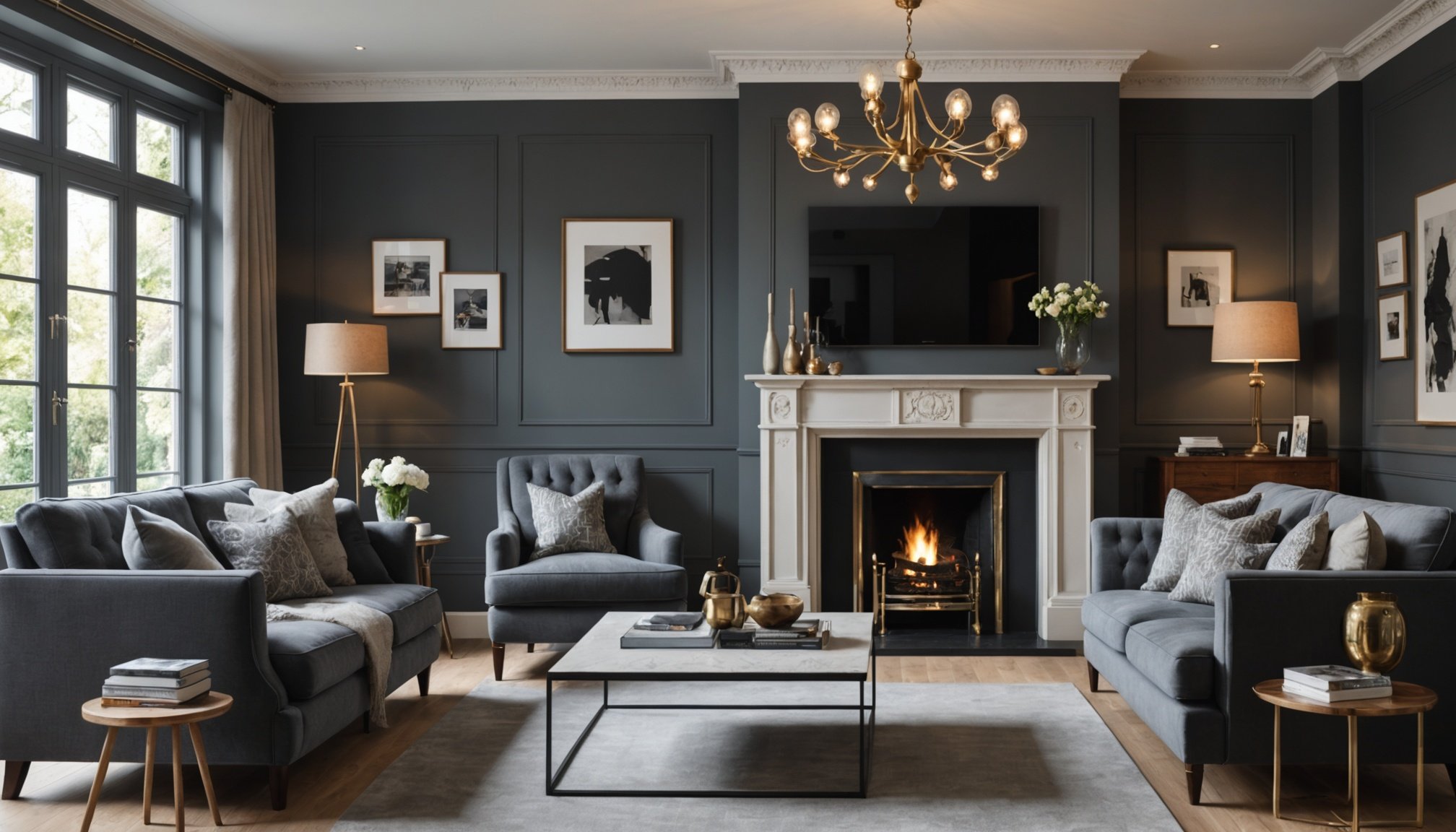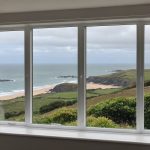Overview of Fire-Resistant Materials
Fire-resistant materials are essential in enhancing fire safety in UK home design. They are specially designed to withstand high temperatures and reduce flame spread, providing crucial time for residents to evacuate during a fire event. In the context of home interiors, these materials play a pivotal role not only in safety but also in achieving aesthetic objectives.
In the UK, fire safety regulations dictate the standards materials must meet to be used in residential spaces. These regulations ensure a minimum level of resistance, which is critical for fire safety. They guide manufacturers and designers in selecting appropriate materials that do not compromise the structural integrity of homes during fires.
A lire en complément : Discover the Best Energy-Efficient Windows for Cold Climate New Builds in the UK
Balancing safety with aesthetic appeal can be challenging, yet it is possible to select fire-resistant materials that are both practical and visually pleasing. For instance, certain fabrics and construction supplies are engineered to blend seamlessly with decorative elements while adhering to fire safety standards. The integration of these materials into a home’s design does not have to sacrifice style, proving that fire-resistant materials can be both functional and fashionable. This balance between safety and design is increasingly informing choices in UK home design.
Types of Fire-Resistant Materials
Choosing the right fire-rated materials for your home interior can significantly enhance safety. We explore various types of fire-resistant materials that serve different needs and purposes within home interiors.
En parallèle : Maximizing Water Efficiency: Innovative Bathroom Designs for Your UK Victorian Townhouse
Plasterboard
Plasterboard is a popular choice due to its effective fire-resistant properties. It’s widely used in walls and ceilings. This type of board typically includes additives that improve its ability to withstand heat. Available in various thicknesses, plasterboard can provide up to 60 minutes of fire resistance, making it a reliable option.
Fire-Resistant Fabrics
Fire-resistant fabrics are crucial for furnishings. These materials are treated or inherently designed to reduce flammability. They are commonly found in curtains, upholstery, and carpets. Using fire-rated materials for soft furnishings can limit the spread of flames and reduce the risk of fire hazards within your home.
Non-Combustible Insulation
Non-combustible insulation, like mineral wool and fibreglass, plays a vital role in protecting your home. Unlike some traditional insulation, these materials resist burning, providing additional time to respond in case of a fire. They are ideal for use around structural elements and in ceilings to maintain the integrity of your home structure under heat.
Important Features of Fire-Resistant Materials
Fire ratings are crucial metrics for evaluating the safety of materials. Standards like BS EN 13501-1 classify the fire-resistance capabilities of various materials, ensuring they can withstand specific temperatures and exposure durations without igniting or failing structurally. This classification helps guide both manufacturers and architects when selecting materials that meet regulatory safety standards.
Beyond fire ratings, the durability of these materials also plays a pivotal role. Durability ensures that fire-resistant properties are maintained over time, resisting wear, environmental conditions, and mechanical stresses. This encompasses not all only the material’s lifespan but its ongoing performance under repeated or sustained exposure to potential fire hazards.
When designing, it is essential to balance these safety metrics with aesthetic appeal. Achieving visual harmony does not compromise safety standards. Modern technologies and materials now allow for designs that are not only functional but also visually engaging. This means architects can integrate fire-resistant materials seamlessly into creative and appealing designs without sacrificing compliance to safety and performance standards.
In summary, the best materials harmonise high fire-resistant ratings, robust durability, and aesthetic flexibility to create safe, durable, and beautiful structures.
Compliance with UK Regulations
Understanding UK regulations concerning building codes and fire safety compliance is essential for both constructors and homeowners. Various UK building codes regulate fire-resistant materials, aiming to minimise fire risks. The UK Building Regulations 2010, for instance, stipulate requirements for fire safety in Part B, which outlines standards for ensuring structures can resist the spread of fire and allow safe evacuation during emergencies.
Failure to adhere to these codes can result in severe consequences, including fines, enforcement notices, and potential liability for damages or injuries. Non-compliance can become particularly stark during renovations, where updates may be required to meet current standards.
To ensure all building materials comply with UK regulations, it is vital to:
- Consult the Approved Document B as a guide for fire safety measures.
- Conduct thorough reviews of existing building assessments.
- Stay informed about changes in standards that impact building practices.
Building practitioners must prioritise using compliant materials to maintain legal standing and protect occupants’ safety. This vigilance in observing fire safety compliance not only complies with the law but also fortifies the resilience of structures against fire hazards.
Tips for Selecting Fire-Resistant Materials
Choosing the right material selection for your home is crucial for ensuring both safety and style. When evaluating materials for fire resistance, consider their fire rating. This gives a clear indication of how well a material can withstand fire and prevent its spread. Looking for materials with a high fire rating can greatly contribute to a safer home environment.
Incorporating these safety features doesn’t mean compromising on style. Many fire-resistant materials offer a wide range of finishes and textures, allowing you to maintain your desired aesthetic. Consulting with professionals, such as interior designers, can provide valuable insights into combining safety with style. They have the expertise to recommend materials that are both compliant and visually appealing.
To further aid in your material selection, there are various resources available for researching and sourcing compliant materials. Manufacturers’ websites, industry publications, and building code guidelines are excellent starting points. These resources often provide detailed specifications and recommendations, helping to make informed decisions for your interior design project. Taking these steps will ensure that your home is not only beautiful but also protected against fire hazards.
Case Studies and Real-Life Applications
Fire-resistant interior design is not just a theoretical concept; it has been effectively integrated into various practical applications. Across numerous case studies, design projects have embraced fire-resistant materials, achieving safety without sacrificing aesthetics.
One notable example involves a residential building that incorporated modern fire-resistant wall panels. The outcome was a visually appealing design that met rigorous fire safety standards. Such projects highlight how fire-resistant interior design can marry form and function, ensuring both beauty and safety.
Moreover, the analysis of these successful projects provides valuable insights into the design process. By prioritising both fire safety compliance and aesthetics, designers can create spaces that are as secure as they are stunning. As we delve into these case studies, lessons emerge that inspire future home design projects.
Inspiration can also be drawn from how practical applications impact daily life. Implementing fire-resistant materials in kitchens, for instance, ensures safety while maintaining a stylish look. These real-life examples illuminate the path forward, showing that practical applications can achieve both safety and charm in interior design.











